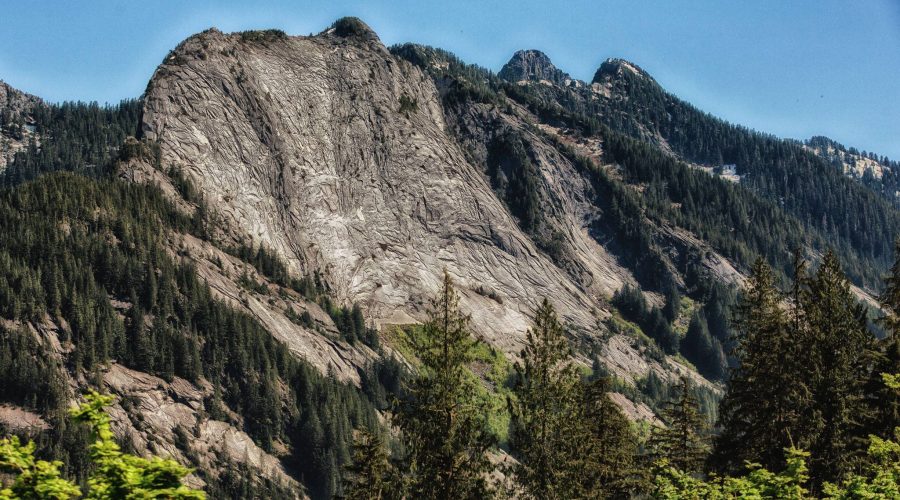
Rockhounding and Gold Panning
Darrington’s diverse terrain makes for some rewarding rockhounding finds. Starting with the creation of the erupting rising Glacier Peak clear back in the Pleistocene epoch about one million years ago. This stratovolcano with its towering elevation of 10,541 feet will see several ice ages constantly changing this mountain and the valleys they created. When the continental ice sheets retreated, Glacier Peak erupted five more times in the last 3,000 years bringing mineral up from far below the surface.
Huge glaciers carved out the valleys we see today Scooping up enormous piles of glacial till leaving it in large deposits. During this time the crushing weight of the glaciers changed the original structure of rock formations causing metamorphosis into new mineral components. Darrington Phyllite is one of these remarkable changes and at one time part of the ocean floor, now folded and compressed over millennia. You will see these huge boulders of Darrington Phyllite along the local rivers with fine contorted lines in them and one of the best ways of seeing this is rafting the rivers. Some of the most perfect Nephrite Jade is found locally, another factor of metamorphism.
Darrington is still very shaped by the birth of this volcano and its valleys so long ago. The Sauk, White Chuck and Suiattle Rivers are fed from the high glaciers of Glacier Peak. Their tributaries for millennia cut into the mountain outcropping bringing down the various minerals. Today all of this diverse terrain offers the rockhounder good finds for fossils, garnets, cinnabar, pyrite, jade, small geodes and more! It was also this diverse terrain that brought in the early prospectors filing claims for bornite, silver, lead, gold and even asbestos.